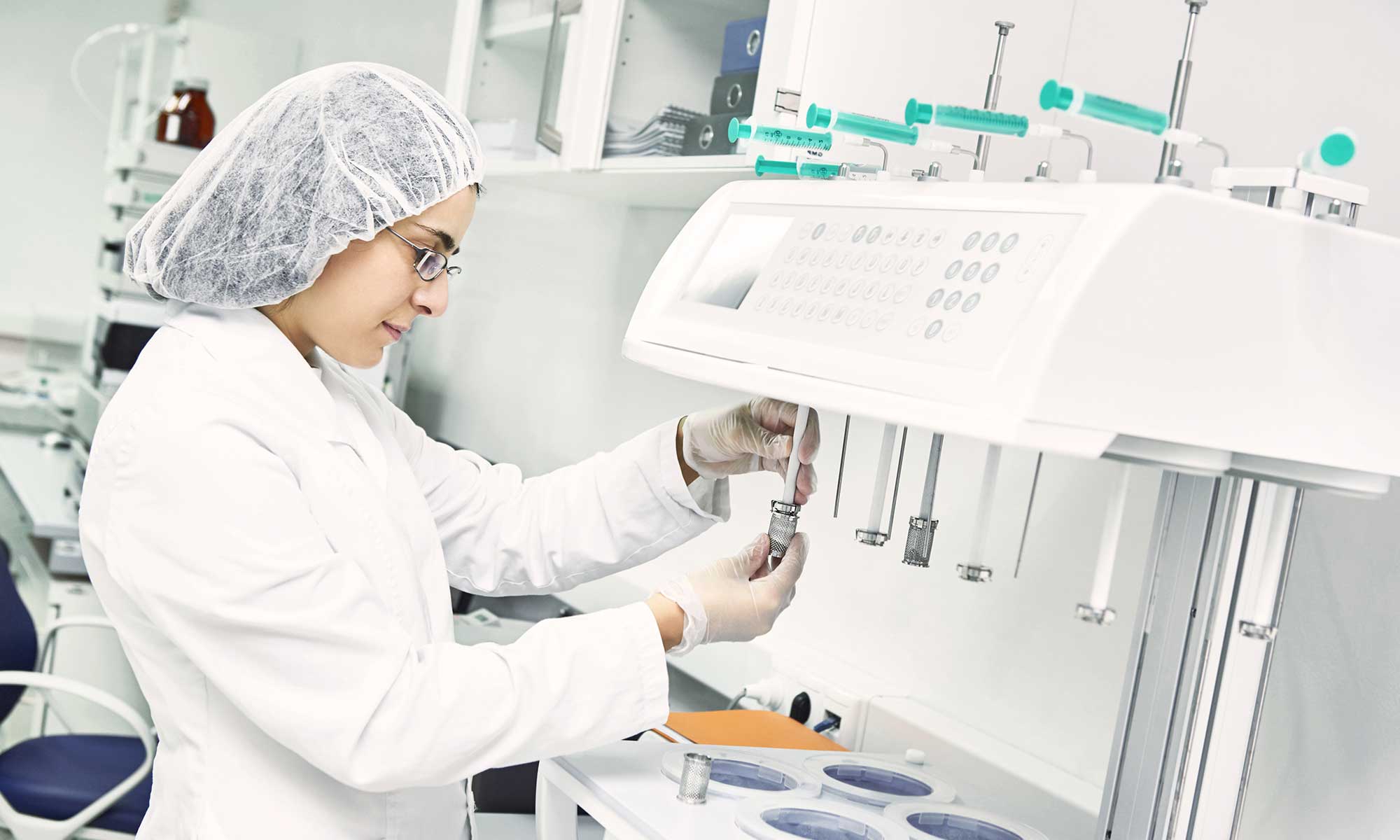USP 800 Compliance: Best Practices for Designing Compounding Pharmacies
Designers are tasked with creating built environments that are safer and smarter than yesterday. Some of these choices are evident to a casual observer — clearer access to emergency exits, for example — but many are unseen and vitally important. This includes the technologies and systems used in buildings to contain hazardous materials. When it comes to compounding pharmacies, this work may require room pressurization controls, improved ventilation, and proper protective barriers.
As straightforward as it sounds, managing the natural (and invisible) airflows of a building continually in use can be tricky. This is what many designers are learning as they seek to help pharmacies handling hazardous drugs comply with new regulations, including USP 800. When USP 800 was incorporated — seen largely as a supplement to USP 797, which covers requirements for pharmacy cleanrooms — it could be mistaken as tighter rules that simplify cleanroom design. But while more specifics leave little room for misinterpretation, they also leave little room for error.
USP 800: Setting the scene
USP 800 establishes practice and quality standards for the handling of hazardous drugs as it relates to their receipt, storage, compounding, dispensing, administration, disposal, and more. Compliance with USP 800 can assure that any personnel who may be exposed to hazardous drugs are doing so in a manner that keeps staff safe and the drugs stable. This often means increased requirements for room pressures, filtration, and segmentation.
USP 797/800 sets out guidance that a compounding suite’s buffer room must be negatively pressured to the ante room. The ante room is positively pressured to the adjacent pharmacy workspace, with lines of demarcation further separating the ante room into “clean” and “dirty” sides. Staff enters the ante room on the “dirty” side and dons PPE. The “clean” side is where acceptable sanitation and hygiene are required for compounding sterile products. By understanding such staff protocols, these restrictions can be integrated into the space’s design.
Pharmacy cleanroom design
When it comes to facilities where prescriptions are made, the new regulations affect:
- Room pressure: USP 800 specifies the space’s pressure range, which also affects facility exhaust requirements.
- Space: Ensuring there’s enough room to adequately operate as it relates to equipment clearances and staff mobility.
- Ease of use: Staff must have ease of workflow, including communication between cleanrooms versus general areas. Staff should be able to easily check the room’s compliance by way of pressure gauges and other system tools.
- Ease of cleaning: The room’s materials and design must enable ease of maintenance.
- Comfort: The room design must be responsive to both human temperature requirements (while wearing PPE) and drug stability requirements.
- Primary engineering control: The hood where the compounding occurs must meet certain requirements to ensure proper containment and cleanliness.

The most complex aspect has turned out to be maintaining the room’s pressure according to the new USP 800 guidance. In what seemed like a straightforward solution on paper — better control room pressure and a reorganized room layout — newly implemented systems were failing under real-world conditions. Even prefabricated compounding rooms were experiencing pressure leakages and weren’t sufficient to meet the new standard. Existing spaces proved to be particularly challenging because of seemingly benign surrounding factors, such as proximity to a kitchen outside the construction scope.
Whole-building solutions
Careful review of the conditions that caused errors showed what mechanical design tweaks are needed to maintain the room pressures, which often means fighting against the surrounding building pressures. This included learning how to exhaust the “bad air” out of the building safely — while also maintaining the appropriate room pressure.
The idea is to avoid exposing people in the building to, for example, chemotherapy drug particles that become airborne. The work is similar to efforts undertaken to keep air from COVID-19 patients’ rooms from circulating into other parts of the health care facility. For example, such rooms often expel “bad air” by way of the roof, away from potential infiltration areas. Using a whole-building approach provides opportunities to identify how certain pressure needs can tax the existing infrastructure and have trickle-down influence elsewhere in the facility.
Although the regulations apply to all facilities that handle hazardous drugs, how those rules are met can vary widely from location to location. Each project — from remodels to new builds — require unique solutions to bring the facility up to code. Cushing Terrell’s multidisciplinary healthcare design team uses its past experiences and extensive knowledge of health care facilities to tackle each challenge — including for improved air circulation in patient and operating rooms during COVID-19.

The design process
To guarantee the compounding pharmacy meets the new regulations, our design team carefully follows a list of steps to ensure they’re catching any potential issues. The process begins with programming: The team establishes early goals and coordinates with the facility owners on the level of environmental quality as it relates to the compounding segregated area, compounding suite, and any necessary buffer zones and ante rooms.
The team then sets a project budget and goals, verifies any existing systems can meet the new requirements, and determines any phasing requirements and impacts. At this point, a preliminary design plan is set, which includes a verification of storage requirements, location of hazardous drugs throughout their lifecycle, maximizing the room volume, determining communication requirements, and establishing a site certifier.
Next, the team determines the schematic design, which establishes a baseline of the existing facilities, a refining of the preliminary design, establishing pressure control zones, and ensuring buy-in from all stakeholders. The team engages the owner, architect, mechanical engineer, electrical engineer, plumbing engineer, and vendors. When working with a multidisciplinary design firm like Cushing Terrell, this coordination is built into the process.
As the process moves forward, the team will refine its design, develop construction documents, engage in bidding and permitting, and handle construction administration.


